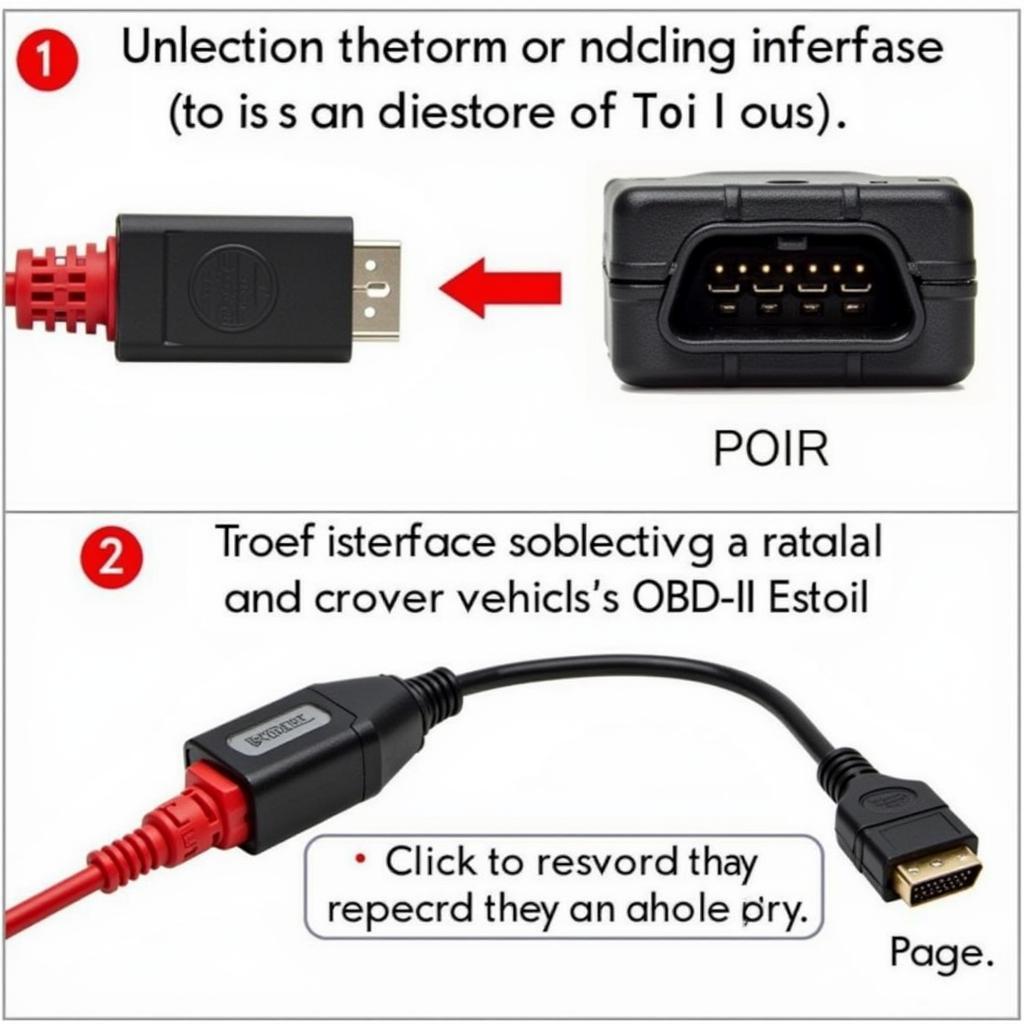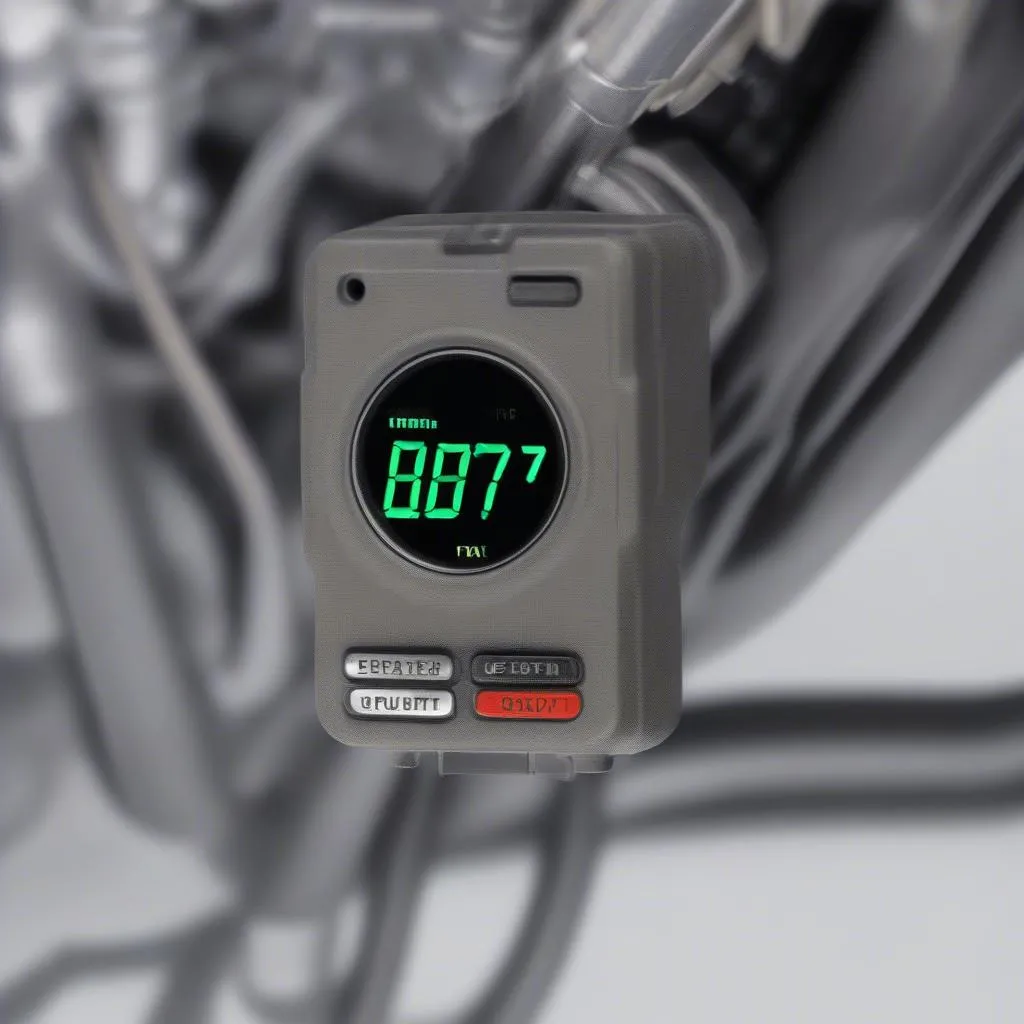The VCDS lambda test is a crucial diagnostic procedure for identifying issues within your vehicle’s fuel system, specifically relating to the oxygen sensors and catalytic converter. Understanding this test can save you time and money, whether you’re a DIY enthusiast or a professional mechanic. This guide will delve into the intricacies of the VCDS lambda test, providing practical advice and expert insights.
What is a VCDS Lambda Test and Why is it Important?
The VCDS lambda test, performed using the Ross-Tech VCDS (Vag-Com Diagnostic System) software, assesses the performance of your vehicle’s oxygen sensors (lambda sensors) and catalytic converter. These components play a vital role in maintaining the optimal air-fuel mixture for efficient combustion and reduced emissions. A faulty oxygen sensor can lead to increased fuel consumption, decreased engine performance, and even damage to the catalytic converter. This is where the how to read vcds guide comes in handy, providing valuable information on interpreting the results.
Performing the VCDS Lambda Test: A Step-by-Step Guide
Performing the VCDS lambda test requires a few simple steps. First, connect your VCDS interface to your vehicle’s OBD-II port. Next, launch the VCDS software on your laptop and select the appropriate control module for your engine. Then, navigate to the “Output Tests” or “Basic Settings” function. Within this section, you should find the option for the “Lambda Test.” Initiate the test and carefully observe the readings displayed on the screen. These readings will provide crucial insights into the health of your oxygen sensors and catalytic converter. For more information on specific error codes, you can refer to our resource on 01317 vcds.
Interpreting the Results: Understanding Lambda Values
Understanding the results of the VCDS lambda test involves interpreting the lambda values. A lambda value of 1 indicates a stoichiometric air-fuel mixture, meaning the ratio is ideal for complete combustion. Values above 1 indicate a lean mixture (too much air), while values below 1 indicate a rich mixture (too much fuel). Fluctuations in these values during the test indicate a functioning oxygen sensor, while static readings may suggest a faulty sensor.
Common Problems Identified by the VCDS Lambda Test
Several common problems can be identified through the VCDS lambda test. These include faulty oxygen sensors, a malfunctioning catalytic converter, vacuum leaks, and issues with the fuel injectors. Identifying these issues early on can prevent costly repairs and ensure optimal engine performance.
“Regularly performing the VCDS lambda test is a proactive approach to vehicle maintenance,” says John Miller, a seasoned automotive diagnostician. “It’s like taking your car’s pulse, providing valuable information about its overall health.”
How Often Should I Perform a VCDS Lambda Test?
Performing a VCDS lambda test is recommended as part of your regular vehicle maintenance schedule, ideally every 10,000 to 15,000 miles. More frequent testing may be necessary if you experience symptoms such as decreased fuel economy, rough idling, or increased emissions.
 Connecting VCDS Interface for Lambda Test
Connecting VCDS Interface for Lambda Test
Beyond the Basics: Advanced VCDS Lambda Test Techniques
While the basic VCDS lambda test provides valuable information, there are advanced techniques that can offer even deeper insights. These include monitoring lambda values under specific driving conditions, such as at idle and under load, and comparing the readings from different oxygen sensors.
“The VCDS lambda test is a powerful tool for any car enthusiast or professional technician,” adds Sarah Johnson, an automotive electronics specialist. “It allows you to pinpoint issues with precision and efficiency, saving you both time and money in the long run.”
Conclusion
The VCDS lambda test is a vital diagnostic tool for maintaining the health of your vehicle’s fuel system. Understanding how to perform and interpret this test can empower you to identify potential issues early on and take proactive steps to address them. Regular use of the VCDS lambda test, combined with other diagnostic procedures, can help ensure optimal engine performance, fuel efficiency, and reduced emissions.
FAQ
- What is VCDS? VCDS is diagnostic software for Volkswagen, Audi, Seat, and Skoda vehicles.
- What is a lambda sensor? A lambda sensor measures the oxygen content in exhaust gases.
- Why is the lambda test important? The lambda test helps diagnose problems with the fuel system and emissions control.
- How often should I perform the test? Every 10,000 to 15,000 miles or when experiencing related symptoms.
- What do the lambda values mean? They indicate the air-fuel mixture: 1 is ideal, above 1 is lean, below 1 is rich.
- Can I perform this test myself? Yes, with the VCDS software and interface.
- What if I don’t understand the results? Consult a qualified mechanic or VCDS expert.
Need help? Contact us via WhatsApp: +1 (641) 206-8880, Email: CARDIAGTECH[email protected], or visit us at 276 Reock St, City of Orange, NJ 07050, United States. Our customer support team is available 24/7.

